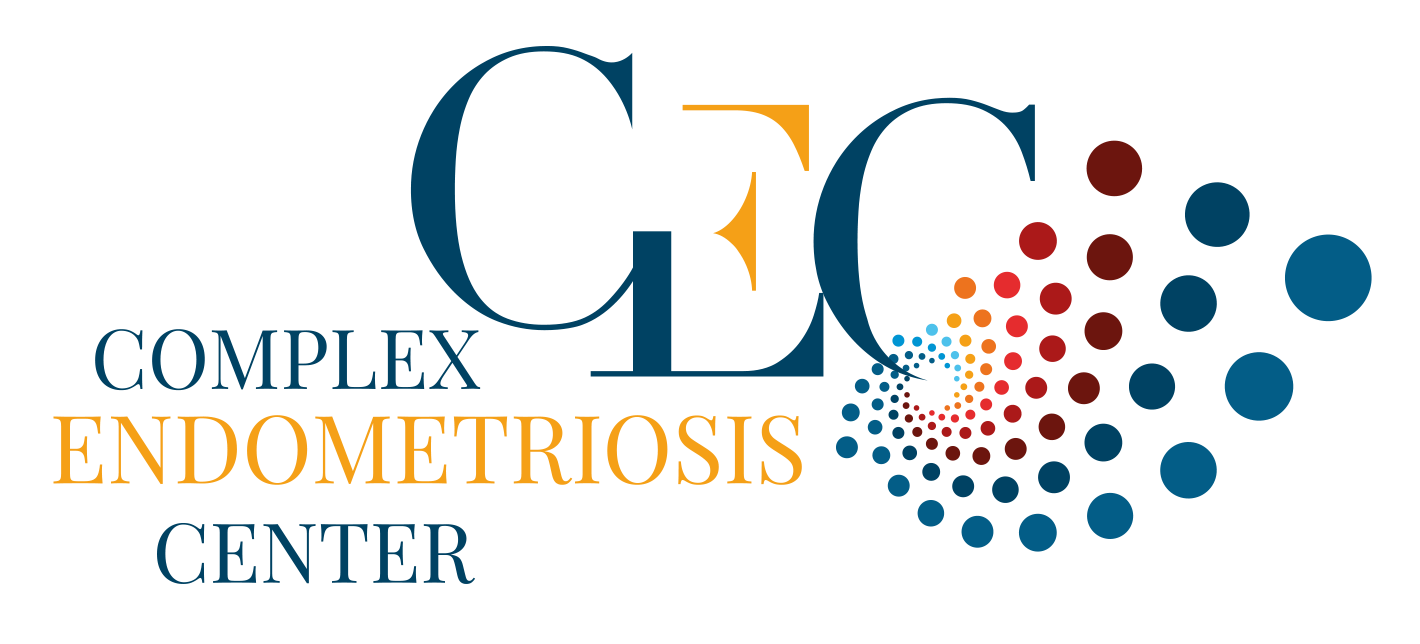Complex endometriosis is a major issue for thousands of women every year. This chronic disease, characterized by the presence of tissue similar to the uterine lining outside the uterus, causes intense pain, fatigue and sometimes fertility problems. Faced with the limitations of conventional treatments, recent therapeutic advances in surgery offer new perspectives. The Complex Endometriosis Center, directed by Professor Olivier Donnez, has established itself as an international reference thanks to its expertise and innovative techniques. This article highlights why these advances are revolutionizing the daily lives of patients, while boosting the training of healthcare professionals.
Why is surgery sometimes necessary to treat endometriosis?
In some cases ofdeep or severeendometriosis, the extent and location of lesions render medical treatment inadequate. When organs such as the rectum, bladder or pelvic ligaments are affected, the limits of medical treatment quickly become apparent. Patients then continue to suffer despite regular follow-up, which has a serious impact on their quality of life.
In these situations, surgical treatment becomes essential to remove the abnormal tissue and provide lasting relief. The operation requires the full expertise of specialized centers, capable of adapting their strategy according to the precise diagnosis of the endometriosis. This personalized approach optimizes the chances of success and limits the risk of recurrence.
What are the limits of medical treatments?
While certain medications can temporarily alleviate symptoms, they quickly reach their limits in the face of complex endometriosis. Hormonal treatments, which are often prescribed, reduce pain but expose patients to significant side-effects: reduced libido, weight gain, mood variability, breast tension, menstrual disorders, hot flushes, even premature osteoporosis in some patients.
Whendeep endometriosis resists, many have to interrupt their treatment, which favours the reappearance of disabling symptoms. These findings illustrate the crucial importance of therapeutic advances and the search for innovative surgical solutions, in order to offer long-lasting, better-tolerated alternatives.
Traditional surgical techniques: benefits and limitations?
For several decades, conventional surgery has been the last resort for severe forms of endometriosis. Techniques such as laparoscopy make it possible to remove or destroy lesions while attempting to preserve fertility. However, even when performed by experienced surgeons, these procedures entail considerable risks.
Traditional surgical techniques do not always spare the nerves or vessels close to the affected areas, increasing the risk of functional sequelae. Healing can also be long and painful, sometimes necessitating several successive operations, with a notable impact on recovery.
Excision of lesions and vaporization
Surgical excision removes visible lesions by precisely cutting away diseased tissue, while vaporization uses laser destruction to completely destroy endometriotic foci when they are located on fragile organs such as the fallopian tubes. While these methods are effective for superficial lesions, they show their limitations as soon as deeper tissues are involved, leaving a risk of recurrence.
The need for a more targeted, less invasive technique has therefore led us to explore new avenues for improving the surgical management of complex endometriosis, notably through the introduction of lasers.
Risks associated with conventional procedures
Some traditional procedures carry an increased risk of injury to neighboring organs, such as the bowel or bladder, as well as a high risk of post-operative adhesions. These complications require increased monitoring and can prolong recovery time.
Faced with these challenges, research has turned to innovative solutions such as laser surgery, which aims to improve the efficiency and safety of care offered to patients suffering fromcomplex endometriosis.
The latest advances in surgical management of complex endometriosis
Today's surgical landscape is undergoing a genuine evolution, thanks to the contribution of cutting-edge technologies. In specialized centers such as Professor Donnez's, the emphasis is on the personalization and precision of the surgical gesture, enabling us to offer optimized and safe results.
Among these innovations, laser surgery occupies a central place. Highly acclaimed for its ability to target lesions without damaging healthy tissue, laser surgery is now performed at the Complex Endometriosis Center, bringing real hope to the most severely affected patients.
- Improved post-operative recovery and faster convalescence
- Significant reduction in the risk of recurrence
- Maximum preservation of essential organs and functions
- Reduced risk of internal adhesions
What is laser surgery?
Laser surgery uses a highly concentrated beam of light to vaporize or sever diseased tissue with extreme precision. Unlike traditional instruments, the laser minimizes collateral damage, protecting adjacent organs and reducing surgical trauma.
This process enables pathological implants to be targeted exclusively, while respecting the surrounding structures. The result: a more comfortable surgical experience, shorter recovery times, and a rapid return to daily activities for patients.
What are the benefits for patients?
Laser surgery significantly improves the quality of the surgical procedure and post-operative follow-up. Studies carried out at the Centre de l'Endométriose Complex have shown a significant reduction in chronic pain and better preservation of fertility where possible.
In addition, this technique reduces the length of hospital stay and ensures a high satisfaction rate. The personalized approach developed by Professor Donnez and his team reinforces patient confidence and serenity at every stage of the treatment process.
What does the future hold for endometriosis surgery?
Recent therapeutic advances underscore the importance of diversifying national strategies to combat endometriosis, by integrating augmented reality, 3D imaging and latest-generation lasers. These innovative tools respond to a growing demand for qualitative solutions tailored to each profile.
The training of healthcare professionals also occupies a central place. Thanks to close collaboration between multidisciplinary teams and recognized experts, as at the Complex Endometriosis Center, best practices are disseminated to guarantee all patients optimal care, whatever the degree of complexity of their endometriosis.
